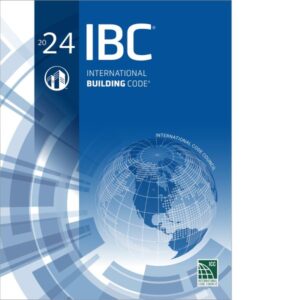
Code Corner: 2024 International Building Code Section 903.2.4.1: Woodworking Operations
The Building Safety Journal’s series, Code Corner, explores sections of the I-Codes each month, focusing on key elements of these essential codes.
The International Codes® (I-Codes), developed by the International Code Council, are a family of fifteen coordinated, modern building safety codes that help ensure the design and construction of safe, sustainable and affordable structures.
The I-Codes are the most widely adopted set of model codes globally, implemented in all 50 U.S. states and many countries around the world.
The Building Safety Journal’s series, Code Corner, explores sections of the I-Codes each month, focusing on key elements of these essential codes. This month, we’re spotlighting the scope of Woodworking Operations within the 2024 International Building Code® (IBC) Section 903.2.4.1.

2024 IBC Section 903.2.4.1
Section 903.2.4.1 of the IBC specifically requires fire areas, containing woodworking operations in excess of 2,500 sf in areas that use equipment that generate combustible dusts, to be protected with an automatic sprinkler system.
This section assumes the type of woodworking is limited in scope to no more of a hazard than typical cabinet making as listed in Section 306.2.
It should be noted that while Section 903.2.4.1 refers to a Group F-1 “fire area”, the woodworking operation is designated as an “area” within the Group F-1 fire area as opposed to its own woodworking operations “fire area”. As such, if the Group F-1 fire area is larger than 2,500 sf but less than 12,000 sf, and the woodworking “area” is 2,500 sf or less, sprinklers are not required in accordance with Section 903.2.4.
Admittedly, Section 903.2.4.1 does not specify the level of physical separation required between the designated woodworking operations area and the rest of the Group F-1 occupancy. Therefore, a fire-resistance rated wall is not mandated. A “line on the floor”, however, was also not assumed as the minimum level of separation required.
While performance oriented, the intent was to limit the overall area involved in woodworking operations and the potential spread and accumulation of combustible dusts due to sawing and sanding operations. Substantial wall construction may be necessary, however, to isolate the woodworking operations unless it can be demonstrated that the extent of the potential hazard associated with the woodworking operations can be restricted and maintained.
To stay tuned for new articles in our Code Corner series, subscribe to the BSJWeekly here.






